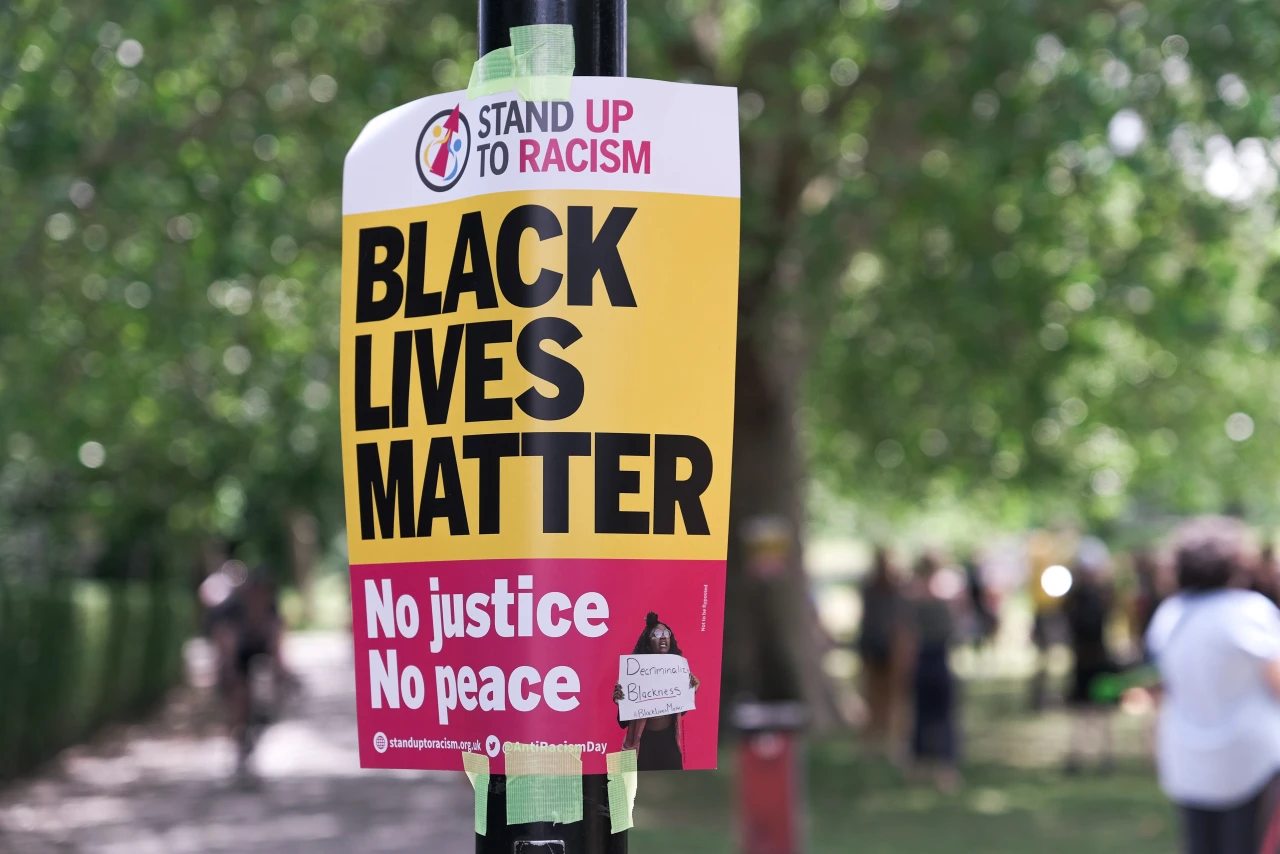Watch West Virginia Democrat reportedly handpicked by Joe Manchin 'steamroll' Black and brown voices
The white chairwoman of the West Virginia Democratic Party tried to run through the process of approving a drafted state affirmative action plan in less than three minutes. It’s a plan that is already more than four decades late, having been required by the national Democratic Party since 1974, and the first draft included not a single voice from the diverse committee tasked with creating it. State chairwoman Belinda Biafore, who was reportedly hand-picked by Sen. Joe Manchin, pushed for a motion to approve the draft before approving the affirmative action committee at a meeting initially covered by West Virginia Metro News.
Cheri Heflin Callaghan, an entrepreneur and small business advocate in West Virginia, tweeted after the executive committee meeting live-streamed last Thursday that Biafore “steamrolled” Black and brown voices in a “state desperate for leadership.” Democrat Hollis Lewis, who co-chairs the affirmative action committee, called “the treatment and disrespect on display” during the meeting “unconscionable.” “As a Black West Virginian, this is a slap in the face,” Lewis said.
Biafore started her introduction of the affirmative action plan during the meeting with an explanation that it’s “customary” for party officers and staffs to create drafts for various committees to consider, and this one was created with a quickly approaching deadline from the rules and bylaw committee in mind. “When we first adopted this plan the affirmative action committee as we know it now was not into place,” Biafore said. “I certainly didn’t expect them to come up with a plan overnight, but again let me stress this is simply a draft.” She said the draft went out to the executive and affirmative action committees on May 28 and she went to the affirmative action committee for feedback last Wednesday. “So the passage of an affirmative action and outreach plan by this executive committee does not prevent further amendments and revisions in the future,” Biafore said. “As a matter of fact we encourage them, and we want to work with them to make it happen, so (…) at this time I’ll entertain a motion to adopt a plan as was presented to you all, and then we’ll open it up for discussion.”
Walt Auvil, another executive committee member, raised what really should have been an obvious point that it makes more sense to establish the affirmative action committee before passing the affirmative action plan. “My point is it defeats the purpose of having an affirmative action committee if they don’t have input on the affirmative action plan,” Auvil said. Teddie Grogan, president of the Ohio County Democratic Party, interjected with: “But we don’t know who these people are. I was hoping that maybe we could have bios.”
Auvil responded: “Well, respectfully none of that matters because it’s not our choice. It’s the affirmative action committee’s choice who they choose.” Former West Virginia Democratic Chairman Pat Maroney described the issue as a matter of putting the cart before the horse and said there can be no affirmative action committee without an affirmative action plan first—an argument that didn’t sit well with multiple participants in the Zoom call and several Democrats that held a press conference after the meeting.
Susan Miley, business manager for the Miley Legal Group, posed a question during the executive committee meeting that seems to perfectly sum up the problem with the Democratic establishment’s approach to change: “Why are white people drafting a plan for Hispanics and Black people? Why?” she asked. Her peers didn’t answer.
Grassroots reformers pushed for two years to get the affirmative action plan requirement passed, and those efforts ended with a memorandum of understanding requiring the state party to update its bylaws to include the plan requirement, according to a press release from Democrat Selina Vickers. Democratic leaders added in the release:
On Wednesday night at the AA Committee meeting, Biafore tried a variety of methods to coax them to accept the draft, however, the AA Committee unanimously rejected it. They did, however, start the process for drafting their own plan, as required in the bylaws, with input from all the diversity caucuses that were recently established and chose members to fill at-large positions on the Executive Committee.”
Lewis tweeted after the executive committee meeting: “You cannot claim to ‘include’ someone and then not give merit to their perspective.”
The national Democratic Party denied West Virginia an extension to fulfill the affirmative action plan requirement in a letter last Thursday. Miley, however, said that shouldn’t have prevented the state party from respecting the voices of people of color. “I don’t understand why an arbitrary deadline that we have no control over, that we have no say in whatsoever, and I’m sure has been looming longer than five days — much longer than five days — why all of a sudden that is the deciding factor versus the voices of the people that actually live here, that actually care about this affirmative action plan,” she said.
Kim Felix, another Democrat in the state, said in remarks that later appeared in Metro News that her initial reaction to not one person of color participating in drafting the affirmative action plan was “one of sadness in that young persons like myself and people who identify as people of color have attempted to be proactive and involved and engaged in the Democratic Party.”
“Incidents like what occurred yesterday really signal and send a message to young people that we are not valued, nor are people of diversity welcomed into the party,” Felix said. “It would be my hope that we would be welcomed with open arms. What we’re hoping for today is to signal to the Democratic Party that this can’t continue.”
Watch the state party’s executive committee discussion of the affirmative action plan, starting at the time marker 31:42.
YouTube Video

